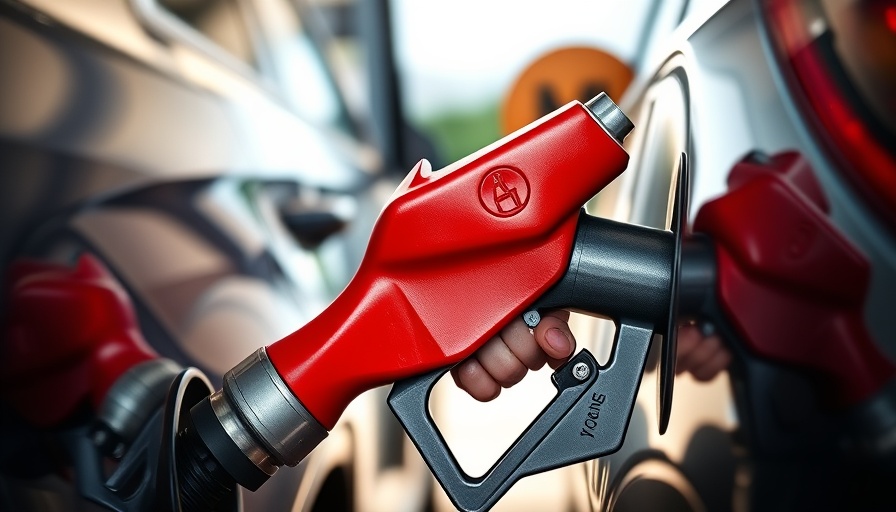
The Silent Danger of Flash Floods
Flash floods are often underestimated, yet they claim more lives than any other storm-related incident. Despite common perceptions, these natural disasters can be triggered by as little as six inches of fast-moving water, capable of sweeping an adult off their feet, let alone a vehicle. To put this into perspective, just a single inch of rain in a desert can lead to rapid runoff and inevitable flooding, emphasizing the importance of recognizing the warning signs.
Understanding the Triggers Behind Flash Floods
A flash flood can erupt with little warning due to various reasons such as heavy rainfall, ice dam breaks, or even dam failures. Areas with certain topographies, like urban regions with lots of concrete or location near recently burned landscapes, are especially prone to this sudden surge of water. The danger isn’t merely due to the volume of water, but also its velocity, which is why experts encourage caution when encountering flooded areas.
How to Stay Safe During Flash Floods
During weather events that present potential flooding risks, follow the National Weather Service (NWS) guidelines. Adapting the mantra “Turn Around, Don’t Drown” can save lives. It’s crucial to avoid driving or walking through floodwaters. If you often camp or hike in flood-prone areas, consider investing in a weather radio that keeps you updated on flash flood warnings, especially since rainfall in distant areas can lead to sudden floods downstream.
The Lifesaving Importance of Being Alert
Being aware of your surroundings during rain might save your life. Often, flash floods roar down channels and creeks, creating a system of noise caused by debris and turbulence, which can act as a critical warning sign. Always be alert to strange sounds when outdoors; nature often speaks volumes before disasters strike.
Supporting Communities Through Awareness
Communities can better prepare for disasters by spreading awareness about the risks of flash flooding. Local campaigns, educational workshops, and city planning that takes flood risks into account can greatly assist in saving lives. As individuals, we can increase our own preparedness by keeping an emergency kit ready and knowing local evacuation routes.
Future Outlook: Technology and Flood Prevention
Looking ahead, technology can play a vital role in the fight against flash floods. Improved weather forecasting, real-time alerts through mobile apps, and community-engaged monitoring systems can enhance safety and preparedness. As the climate continues to change and weather patterns shift, staying informed and proactive will be key to reducing flash flood risks.



Write A Comment